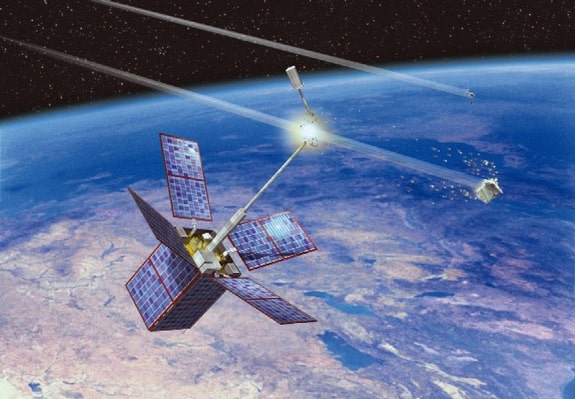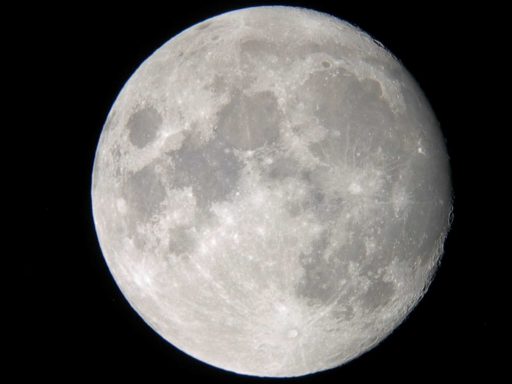An image has already revealed that there are abandoned satellites in space that are orbiting Earth. What more alarming is a nine-meter wide satellite named Envisat lost contact in 2012 and now is orbiting under an altitude of 491 miles (790 km). Many scientists are saying that this lost satellite could become a big threat for us any time.
Scientists have said that Envisat weighs 18,000lb and since it lost its contact with the Earth, it’s wandering around in space. So, there’s a chance that this satellite may collide with other satellites or space debris any time. According to scientists, each year minimum two objects pass the 18,000lb satellite by within about 200m. As a result, they have had to shift many spacecrafts as well as satellites and telescopes to somewhere else.
Scientists have claimed that it is possible that a collision with Envisat could lead to a chain reaction effect, known as the Kessler Syndrome. The Kessler Syndrome (also called the Kessler effect) is a scenario in which the density of objects in Low Earth Orbit (LEO) is high enough that collisions between objects could cause a cascade—each collision generating space debris which increases the likelihood of further collisions.
Professor George Fraser, Director of the University’s Space Research Center said, “The fact that Envisat is in a near-polar orbit doesn’t help, since its path intersects most satellites’ orbits nearly at right angles. Imagine driving down the motorway and every so often a large truck cuts right across all four lanes right in front of you.”
On the other hand, fourth-year physics students at Leicester University have claimed that Envisat is orbiting at such an altitude where the amount of debris is greatest. So the satellite may make it difficult for future space missions to pass through the region of its altitude, if the region becomes congested with space debris.
The students have suggested that around 140 kg of fuel would be needed to move the satellite to a point where it can naturally return to Earth within the next 25 years.
Source: Daily Mail
[ttjad keyword=”camera-general”]



